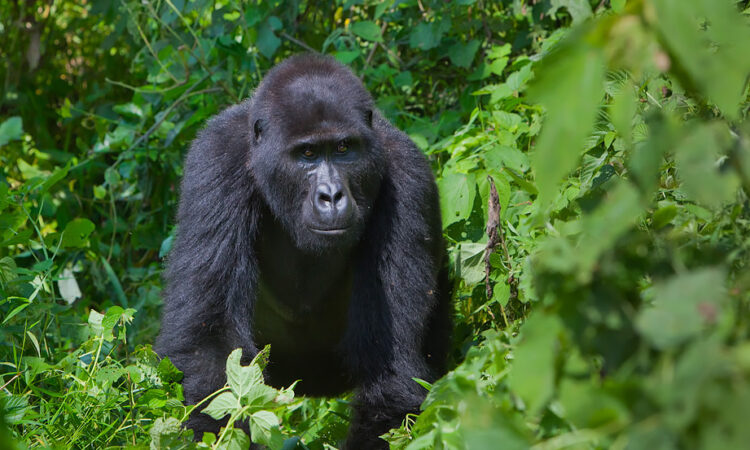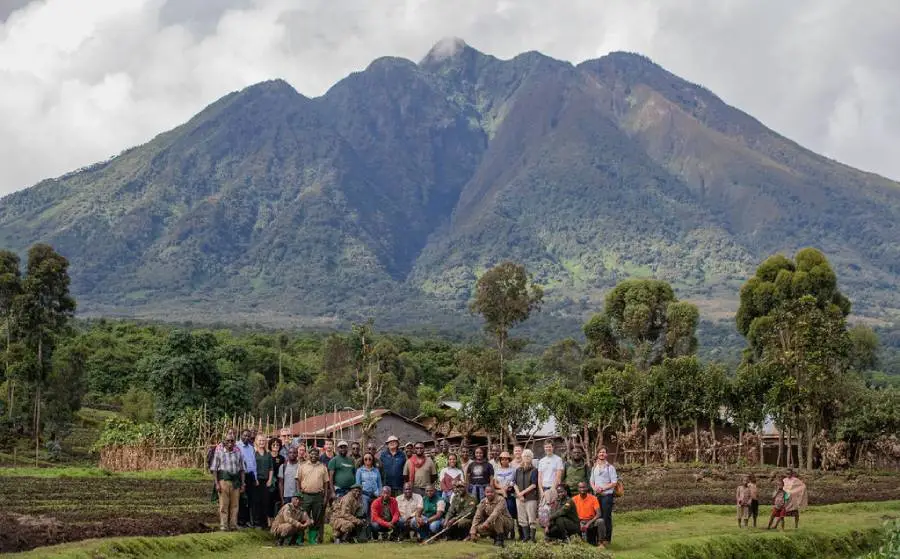Exploring the Remarkable Biodiversity of the Albertine Rift in Rwanda : The Albertine Rift in Rwanda stands as a testament to the extraordinary biodiversity found on our planet. Stretching over 800 miles, this region is teeming with life, harboring a rich tapestry of plant and animal species found nowhere else on Earth. From endemic plant varieties to critically endangered birds and iconic gorillas, the Albertine Rift showcases the marvels of nature. Despite the challenges posed by human activities, conservation efforts are now underway to safeguard this unique ecosystem and preserve its natural heritage for generations to come. Join me as we delve into the fascinating world of the Albertine Rift, unravelling its hidden treasures and highlighting the need for conservation.

Plant Diversity and Endemic Species: The Albertine Rift boasts an astounding array of over 1,000 plant species, making it a true botanical paradise. What makes this region even more remarkable is the high concentration of endemic species, those found exclusively within the Albertine Rift and not elsewhere on Earth. Recent surveys have revealed that approximately 24% of plant species in the area fall into this category, emphasizing the uniqueness of the region. Over the past century, human activities have had a profound impact on the land and environment of the Albertine Rift. However, in recent years, dedicated conservationists and local communities have united to protect the region’s biodiversity, working towards preserving its distinctive ecosystems.
Avian Diversity and Endangered Birds: Rwanda’s Albertine Rift is a haven for avian enthusiasts, with more than 500 bird species documented in the region, including several rare and vulnerable species. Among these, the critically endangered Grauer’s Rush Warbler stands out as a significant resident of the area. Another bird on the brink of extinction, the Long-tailed Cisticola, can also be found within the Albertine Rift. Notably, the Blue-breasted Bee-eater and the Taita Thrush are additional endangered bird species that grace the region. However, the most elusive of them all is the Congo bay owl, rarely sighted since its initial discovery in 1952. Its presence is believed to be confined to Rwanda’s Nyungwe Forest National Park. The presence of such unique bird species in the Albertine Rift underscores the importance of preserving their fragile habitats.
Gorillas: The Majestic Giants of the Albertine Rift: One of the most iconic inhabitants of the Albertine Rift is the mountain gorilla. The Karisoke Research Center in Volcanoes National Park, Rwanda, is home to a group of five mountain gorillas, including Gezi, a prominent member of the family. Discovered in 1959 by Dian Fossey’s Belgian expedition, Gezi and his family reside in a lush forested area near the rainforest’s edge and the Mubwi River. Weighing up to 400 pounds, gorillas have a herbivorous diet consisting of leaves, shoots, fruits, roots, and bark. Unfortunately, gorillas face numerous threats, including habitat destruction caused by human activities and the illegal capture of infants for the pet trade and zoos. These factors contribute to the dwindling population of gorillas in the wild.

Burundi Crested Mangabey: A Primate Treasure: Thriving in the rainforests of the Albertine Rift in Rwanda and the Democratic Republic of Congo, the Burundi Crested Mangabey monkeys add vibrancy to the region’s rich biodiversity. These diurnal creatures are active during the day and seek shelter during the night. Their diet comprises insects, small mammals, birds, and berries. Remarkably, they often form large social groups of up to 100 individuals, covering long distances in search of food. Group members exhibit strong bonds, remaining together for years and providing care to the sick among them.
Preserving the Albertine Rift’s Biodiversity: The remarkable biodiversity of the Albertine Rift is a global treasure that demands preservation. Conservation efforts in Rwanda and neighboring countries aim to mitigate the detrimental effects of human activity on the region’s ecosystems. Sustainable tourism initiatives, community engagement, and scientific research play vital roles in raising awareness and fostering the long-term protection of this invaluable habitat.
Conclusion: The Albertine Rift in Rwanda stands as a testament to the awe-inspiring diversity of life on Earth. With its unique flora and fauna, including endemic plant species, critically endangered birds, and the majestic mountain gorillas, this region is a testament to nature’s grandeur. However, the delicate balance of the Albertine Rift’s ecosystems is threatened by human activities. It is our collective responsibility to join hands with conservationists and local communities to safeguard this exceptional region and ensure its preservation for future generations. Let us embrace the opportunity to explore this wilderness valley on our next Rwanda safari and become champions of its conservation.


